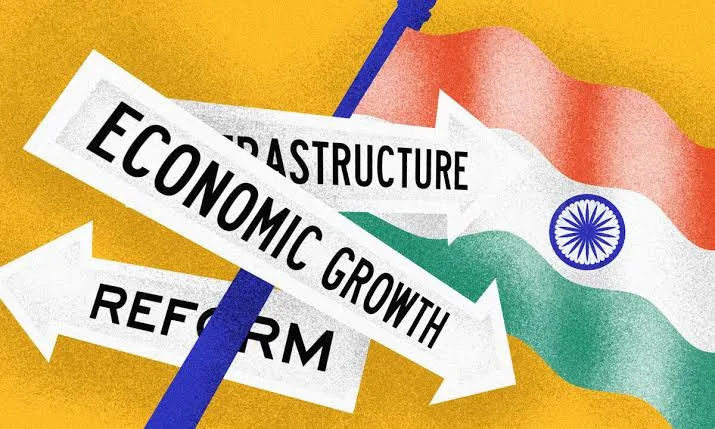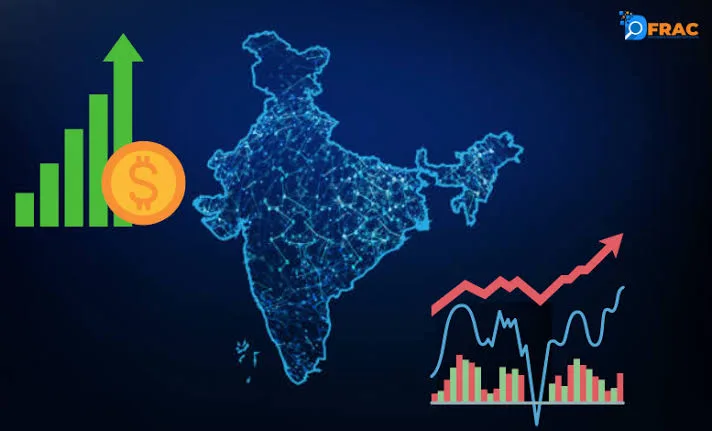Global financial services firm UBS has revised its forecast for India’s real gross domestic product (GDP) growth for FY26, raising it to 6.4% from an earlier estimate of 6%. This upgrade is attributed to stronger-than-anticipated economic momentum, particularly visible in the March 2025 quarter.
### Key Drivers of Growth
Several factors have contributed to this upward revision;
– *Robust Domestic Demand*: India’s domestic demand has shown resilience, driving economic growth.
– *Easing Global Trade Tensions*: Signs of easing global trade tensions have positively impacted the economic outlook.
– *Lower Crude Oil Prices*:
Ongoing support from lower crude oil prices is expected to ease cost pressures on the Indian economy.
### Economic Indicators
UBS’s India Composite Economic Indicator (CEI) signalled sustained economic strength in April, with the seasonally adjusted index climbing 1.1% month-on-month. This figure closely mirrors the average seen during the March quarter, reflecting steady economic performance.

### Household Consumption
The revised projection takes into account a potential rebound in household consumption, particularly in rural areas. This recovery is expected to be aided by:
– *Favorable Monsoon Season*:
A good monsoon season is likely to boost agricultural production and rural income.
– *Declining Food Prices*: Decreasing food prices will help moderate inflation and increase disposable income.
### RBI Rate Cuts
UBS anticipates a further easing of monetary policy, expecting the Reserve Bank of India (RBI) to cut interest rates by 50 to 75 basis points in 2025, potentially reducing the repo rate to 5.5%. The RBI’s Monetary Policy Committee is scheduled to meet on June 6.

### Varied Forecasts
Other forecasts for India’s GDP growth in FY26 include:
– *Reserve Bank of India (RBI)*: 6.5% GDP growth, with risks described as “evenly balanced”.
– *International Monetary Fund (IMF)*: 6.5% GDP growth.
– *World Bank*:
6.7% GDP growth.
– *Asian Development Bank (ADB)*: 7% GDP growth, revised from 7.2%.
– *Goldman Sachs*: 6.3% GDP growth, slightly below India’s long-term trend of 6.5%.
– *Malhotra & Co*: 6.7% GDP growth.
### Conclusion
India’s economic growth is expected to remain robust in FY26, driven by strong domestic demand and favorable external factors. However, global uncertainties and fiscal limitations may pose challenges to investment growth. With varied forecasts from different institutions, it’s clear that India’s economic outlook is subject to both opportunities and challenges.
